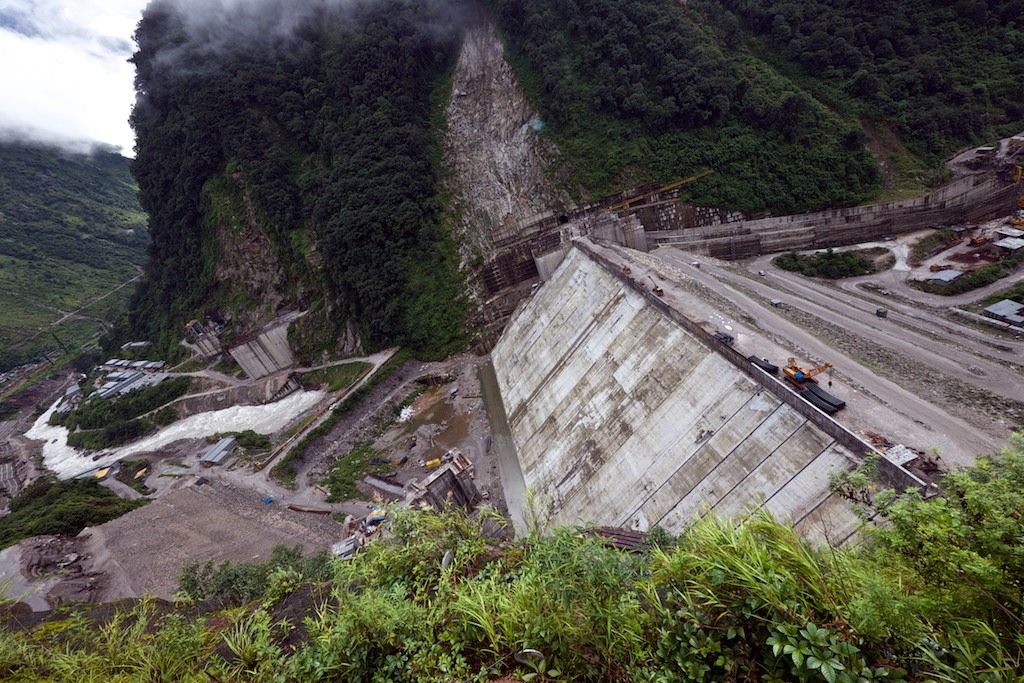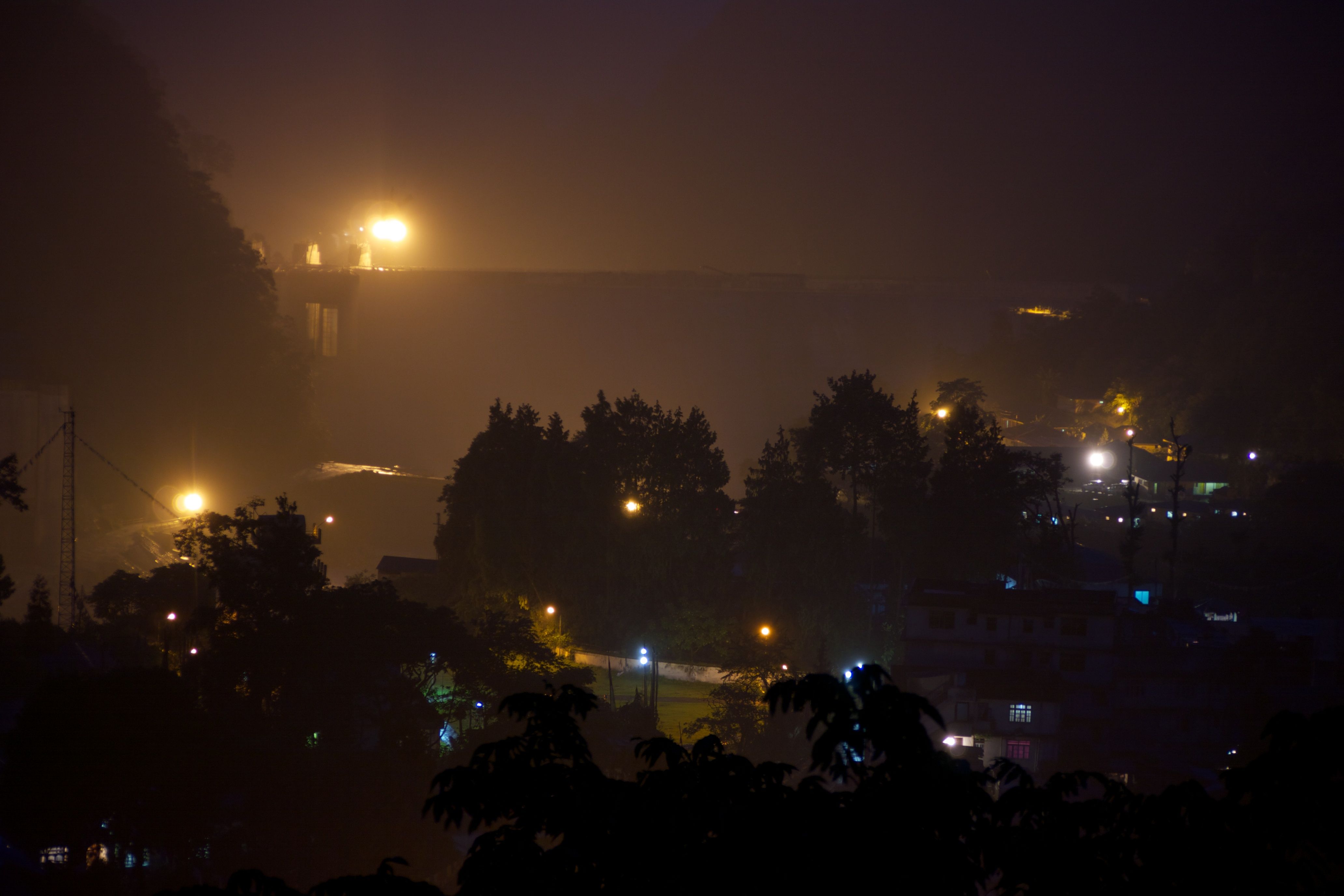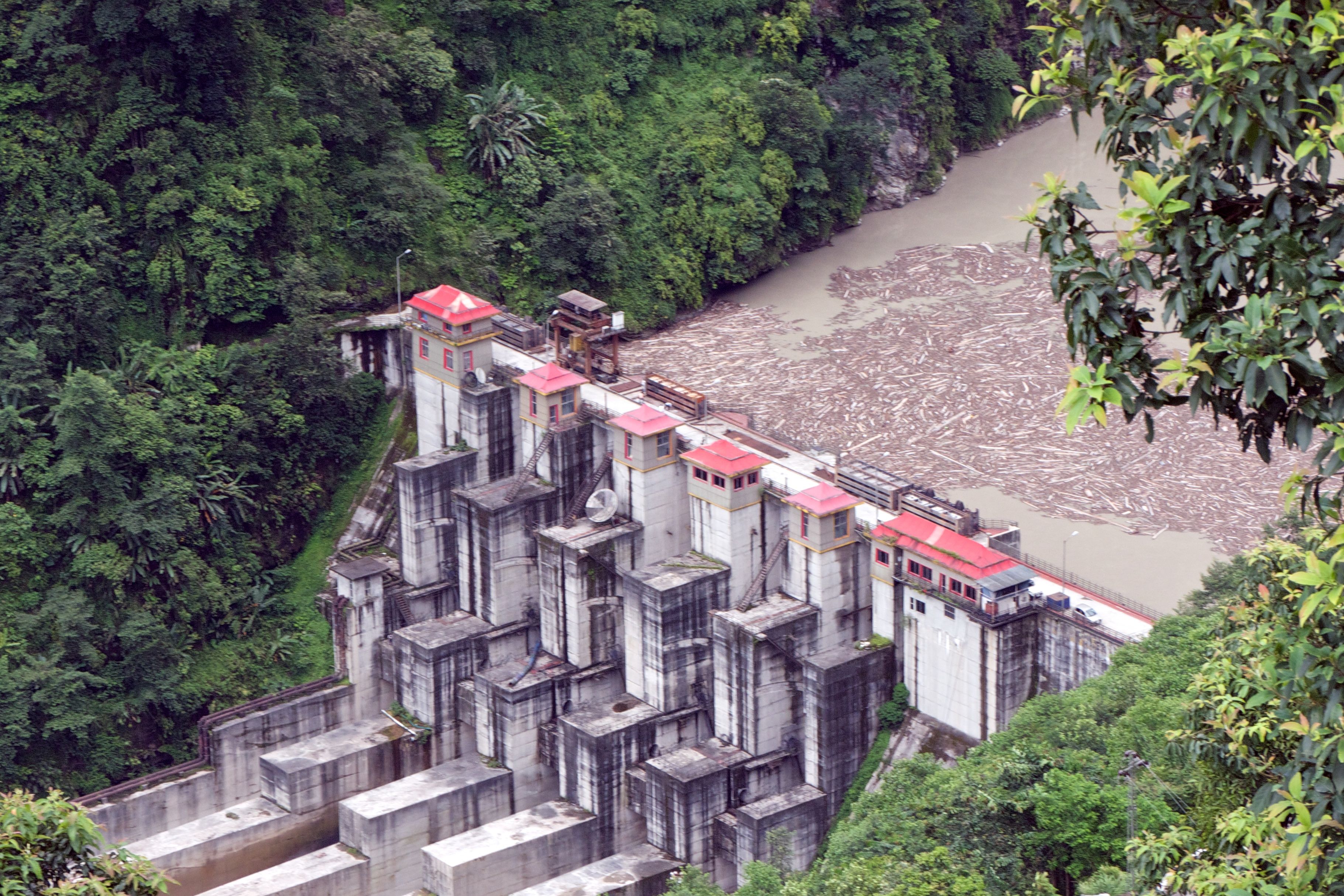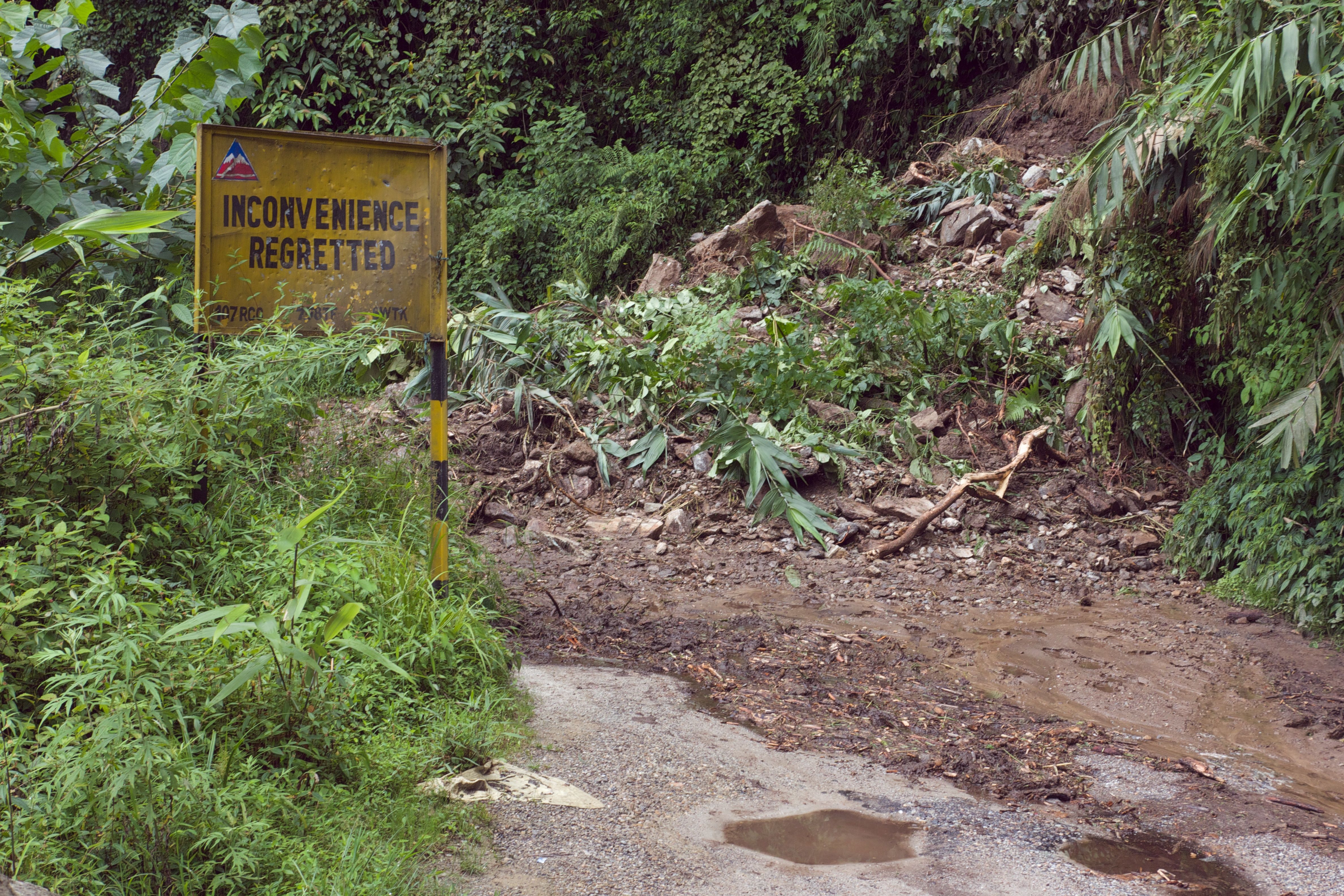In India’s northern state of Sikkim, ambitious hydroelectric dam development in remote rural areas threatens the livelihood of locals and the fragile Himalayan ecosystem.
Eager dam developers and well-connected landowners standing to make a fortune off their land convinced Chungthang city residents the 1200 (MWt) Teesta III Hydro Power Project would bring jobs and prosperity to the city. “A district collector would go to the village, meet a very poor person and say, Oh, you have torn shirt. If this project comes tomorrow, you’ll have a suit,'” said Tseten Lepcha, Chungthang resident and working president of Affected Citizens of Teesta, an NGO aiming to stop large-scale hydro power development in Sikkim.
As India continues to grow into a burgeoning world power, increasing the nation’s electrical generation is essential in order to elevate the Indian standard of living. Coal-fired power plants supply most of India’s electrical demand but, as India’s coal reserves dwindle, cultivating the hydropower potential of the rivers cascading through the Himalaya Mountains has become a national priority.
In North Sikkim, two glacier-fed rivers, the Lachung and the Lachen, meet at Chungthang’s southern tip to form the Teesta River. At this confluence the Teesta III is under construction, set to start generating power in 2015. At this point the full reservoir will surround Chungthang and the city will become a peninsula. The reservoir level will be five meters below the bridge crossing the Lachen River into Chungthang.
Many residents are now regretting their initial support for this project. Local resident Passang Lepcha [no relation] explained, “At [the] public hearing they told us you’d get good compensation, get job.” But the jobs haven’t happened; developer Teesta Urja has chosen to import workers instead of training locals. “A very convenient excuse in tribal societies is that people don’t qualify to be workers… 90% of workers are from outside,” Tseten Lepcha said. The huge influx of dam workers has led to higher STD rates. The extra vehicle traffic has made the unpaved, switch backing, pothole-filled, landslide-prone, roads even more treacherous.
The Teesta River basin holds 313 glacial lakes, which flood with historical regularity. Such Glacial Lake Outburst Floods (GLOF) can be expected to overflow the reservoir surrounding Chungthang. Rocks and debris that accompany the glacial flooding amplify the destructive force of a GLOF event. In Chungthang, a sudden influx of glacial debris is likely to compromise the flush gates and the discharge capability of the dam.
In addition, geological reports warn that tunnel blasting and extensive damming on the Teesta will increase the frequency and severity of future earthquakes. In September 2011, a 6.9 magnitude earthquake shook Sikkim and caused tunnel collapses and the death of 40 workers drilling to channel water from the Teesta III reservoir to the power station in Mangan, 30 kilometers south of Chungthang.
In Sikkim, the local governmental budget is almost entirely dependent on the Indian central government and, due to the state’s underdeveloped private sector, the Sikkim economy is dependent on state government spending. Harnessing hydroelectric power brings in revenue for the state and increases Sikkim’s financial autonomy. Sikkim’s Chief Minister Pawan Chamling has embraced hydroelectricity by approving more than two dozen hydroelectric projects across the state.
As the prize jewel of Chief Minister Chamling’s hydroelectric initiatives, the 1200 megawatt (MWt) Teesta Stage III Hydro Power Project in Chungthang boasts the largest planned generation capacity of any hydroelectric project in Sikkim. It will generate 15 times the 80 MWt electrical demand of Sikkim. The power generated is designed for export to appease the growing electricity demands of greater India and provide revenue for the Sikkim government.
Issues with similar hydroelectric projects that have been built downstream foreshadow complications with the Teesta III. A few miles downstream of Chungthang, at the city of Dikchu, the Teesta V Hydro Power Project dam wall collects debris, silt, and runoff from the frequent landslides and erosion caused by heavy rains. The accumulated debris behind the dam wall threatens to block floodgates and compromise dam equipment. After completion, the Teesta III will regularly collect debris and runoff from the two rivers upstream, especially during the summer months of the monsoon season.
In addition to the builder’s empty promises, the collateral damage from blasting tunnels through the Himalayan mountains is now common knowledge in the Chungthang community. “All the time, blasting was all the time…while we were sleeping we’d hear that sound, the blasting sound. It’s a kind of unrest, mind disturbing, no?” remembers Passang Lepcha. Perennial streams used for drinking water and crop irrigation have been disappearing as they seep down into the tunnels running under people’s homes.
The greatest impact of the Teesta III hydroelectric project is felt and will continue to be felt by the poorest and most vulnerable residents of the community. If the new dam does cause a disaster, “People who’ve bought land in other places will shift there, maybe, but most people don’t know what to do,” Passang Lepcha predicts.















